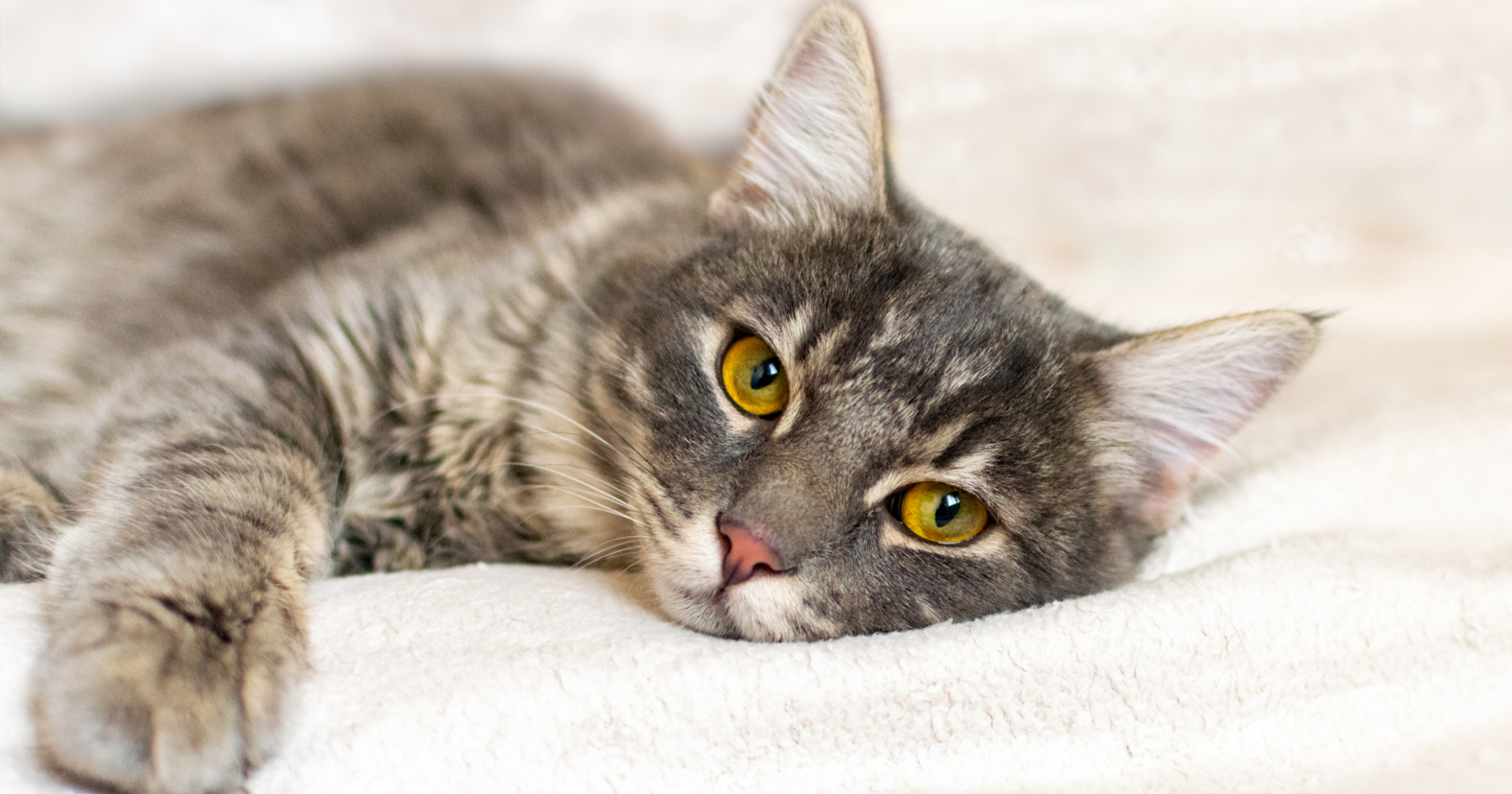HEALTH & WELLNESS

TRENDING

SIGN UP and Start Receiving
Our Monthly Newsletter,
The Chronicles
Discover The Causes Of Pain In Cats

What is Pain?
Experts define pain as “an unpleasant sensory and emotional experience associated with actual or potential tissue damage.” Pain has been seen as simply the transmission through nerves of information about damage or potential damage to parts of the body.
Pain is a defense mechanism, telling the cat that it is injured and urging it to move away from what may be causing it. Pain is very subjective and difficult to measure. In cats it is particularly difficult to detect because they hide the fact that they are in pain.
SIGNALS THAT YOUR CAT COULD BE IN PAIN
The following are some of the signs that may indicate your cat is in pain:
- Unexpected reactions when touched or approached, such as biting or scratching
- Withdrawal from family activities
- Lack of appetite
- Lethargy
- Restlessness
- Unusual vocalisation, such as moaning
- Rapid or shallow breathing
- Mobility changes, such as stiffness, inability to climb stairs, limping
- Decreased grooming and mat formation or increased grooming in specific areas
- Changes in personality
CONDITIONS AND DISEASES THAT CAN CAUSE PAIN IN CATS
The following may cause pain in cats:
- Cancer
- Arthritis
- Eye conditions
- Urinary tract blockage
- Bladder inflammation (cystitis)
- Kidney stones or bladder stones
- Inflammation of the pancreas (pancreatitis)
- Inflammation of the stomach lining (gastritis)
- Inflammation of the small intestine (enteritis)
- Oral, gum and tooth diseases or tooth fracture
- Tissue complications: tissue death or loss of blood supply
OTHER CAUSES OF PAIN IN CATS
Surgery
It’s becoming increasingly common for veterinarians to treat anticipated pain before cat surgery.
Injury
- Hit by a car
- Exposure to extreme heat or cold
- Scratched or bitten by another cat
- Eye trauma – from an accident or an attack
- Animal attack – bitten or injured by a dog or wild animal
- Feline Aortic Thromboembolism (FATE) – a complication from heart disease
- Poisoning – from human medications and food, plants, insecticides and other chemicals
- Gastrointestinal obstruction – blockage in the stomach or intestines, including from linear foreign bodies such as string, carpet or plastic
Infection
- Ear infections
- Bacterial infections
- Urinary tract infections
- Cat fight wound infections
Injuries and infections tend to be more common in outdoor cats.
DIAGNOSIS OF PAIN IN CATS
Your veterinarian will give your cat a physical examination to determine any obvious causes, such as an injury. Based on the examination and history, diagnostic tests will be performed.
Tests may include the following:
- Complete blood count (CBC)
- Biochemical profile to check for infection and systemic illnesses
- X-rays
- CT scans
- MRIs of any area that is identified to be feeling pain
- Ultrasounds of both the heart and the abdomen
- Biopsy of the tissue
TREATMENT OF PAIN IN CATS
Once your cat’s pain has been narrowed down, your veterinarian can begin proper treatment to resolve your cat’s discomfort.
PAIN MEDICATIONS
- Nonsteroidal anti-inflammatory drugs (NSAIDs) can play a vital role in pain relief for cats.
- Opioids are used for more severe pain.
- Corticosteroids are used to reduce arthritic or allergic discomfort.
Related Articles










